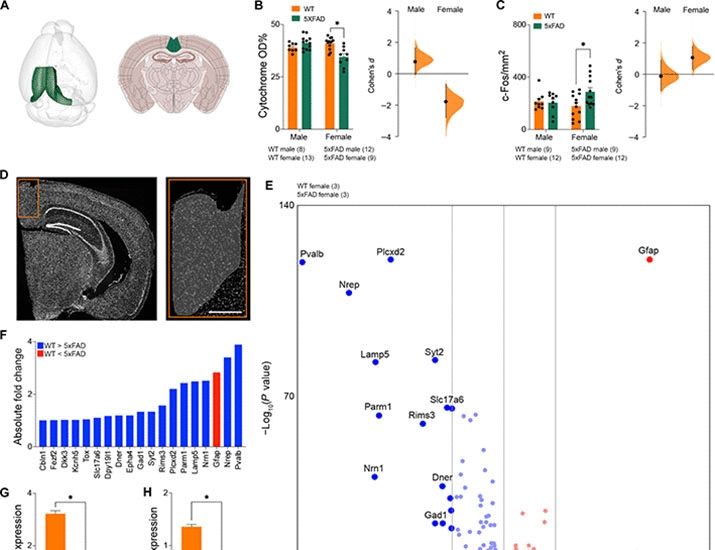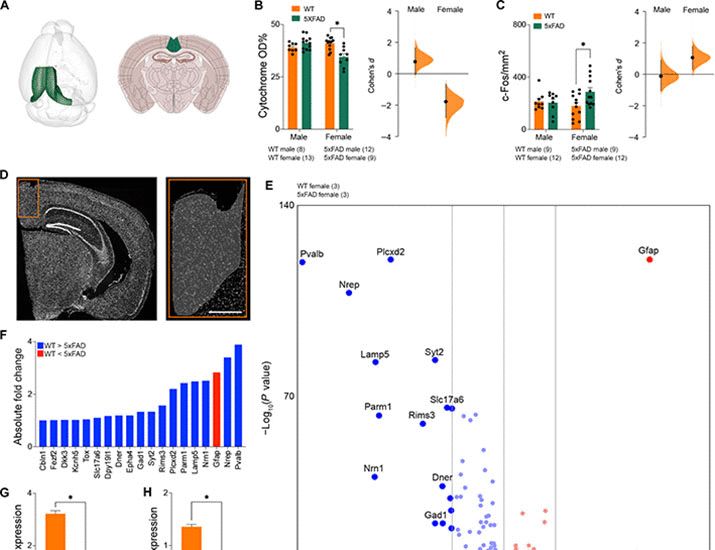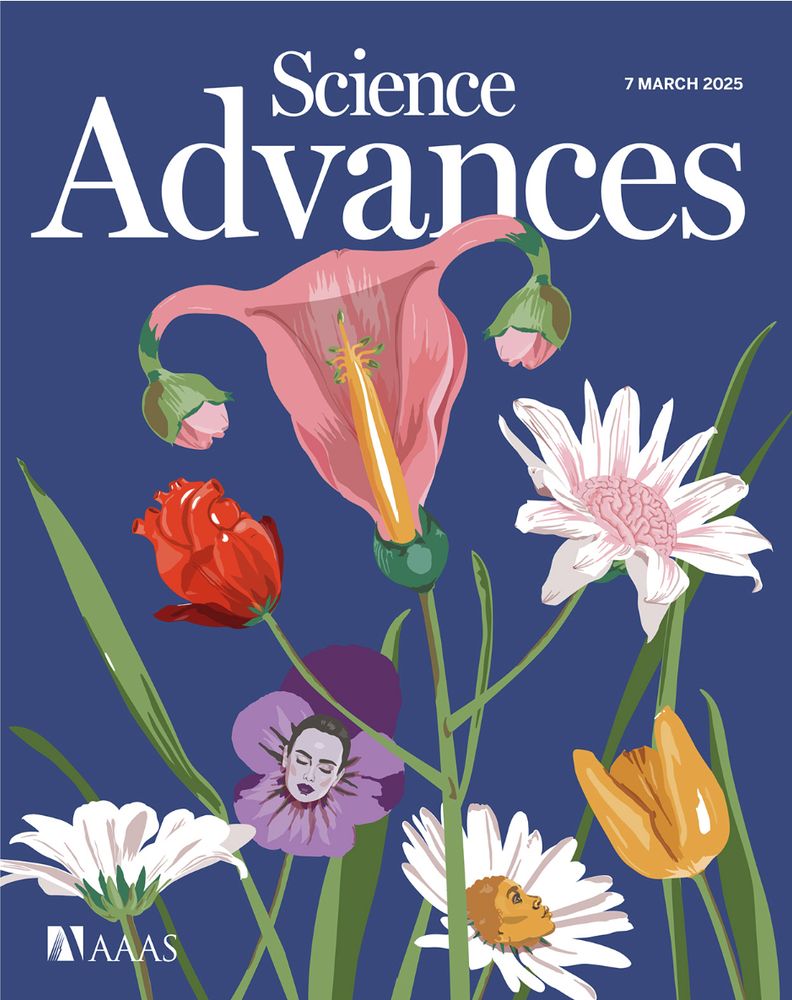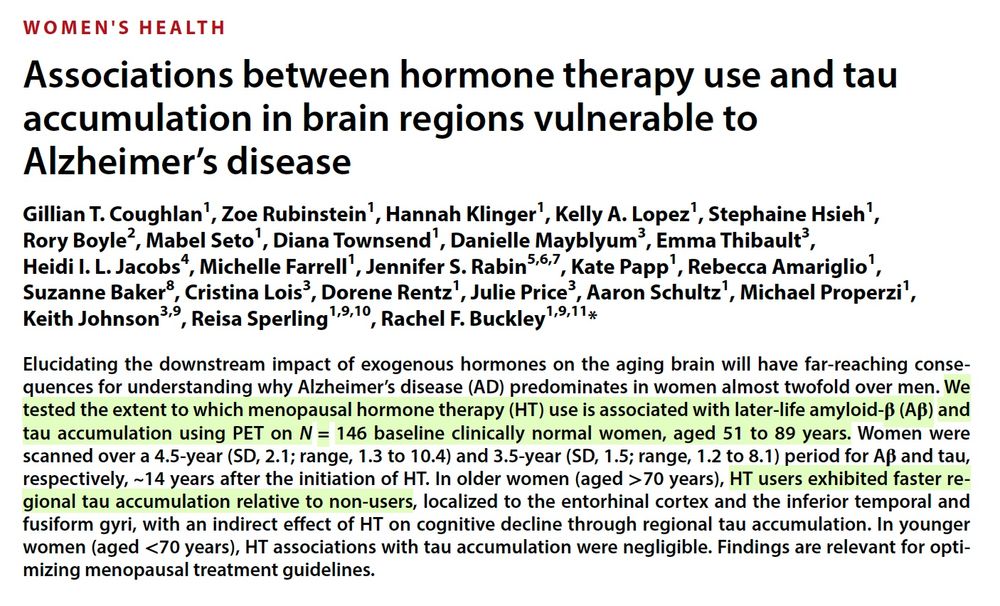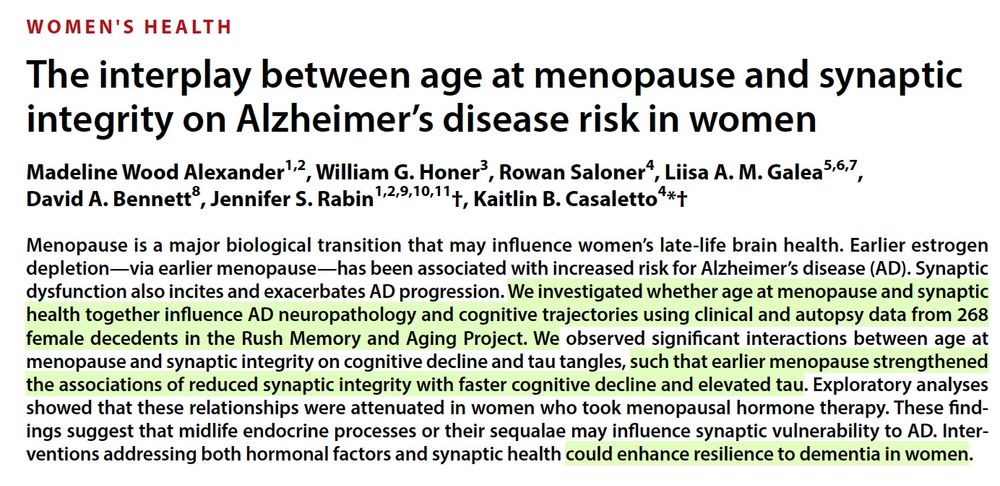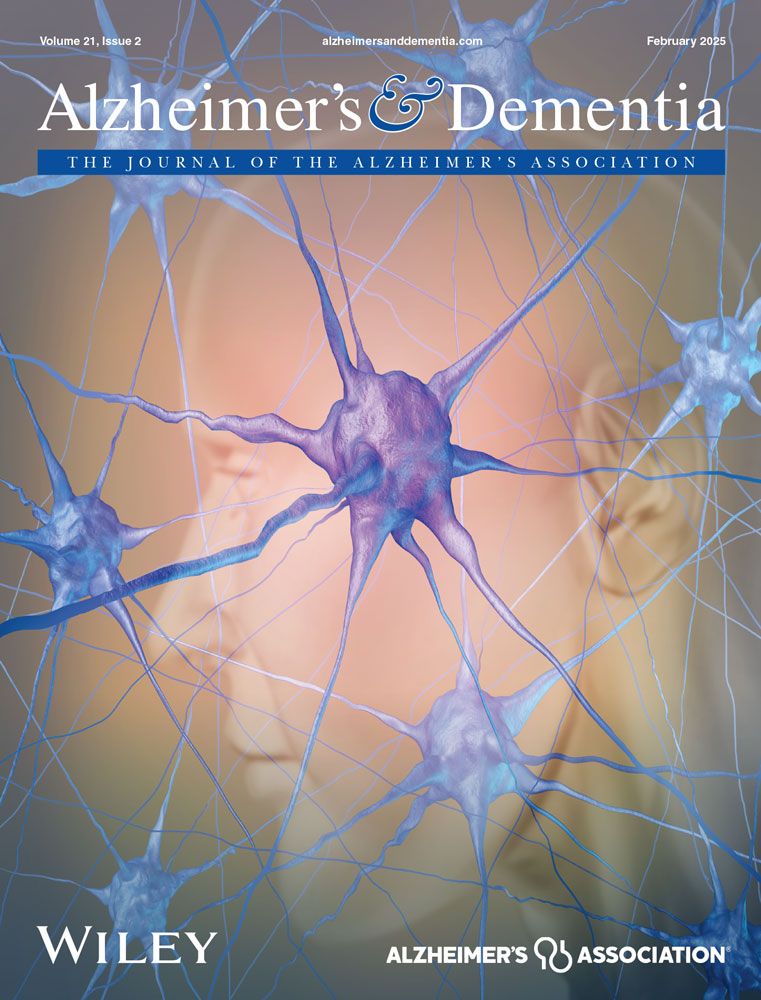Congrats! Looking forward to seeing the research program that you build!
30.09.2025 04:56 — 👍 1 🔁 0 💬 1 📌 0
As our graduate program deadline approaches, we are recruiting motivated students to join our team. See details below:
18.09.2025 18:51 — 👍 10 🔁 9 💬 0 📌 1

New ad: Graduate (MSc / PhD) Student Positions – Neurophysiology of Autism Mouse Models – University of Calgary can-acn.org/graduate-msc... @deryasargin.bsky.social #neurojobs
18.09.2025 18:34 — 👍 2 🔁 7 💬 0 📌 1

A girl and her pet are watching the starry night sky, where some of the stars are the brain. a joshua tree on the left indicates the location
You KNOW you've arrived, mainstream, when your invention is turned into an open source asset!🧠🧪 Kudos @deryasargin.bsky.social www.eneuro.org/content/12/6... @cate-cholamine.bsky.social @mathiasvschmidt.bsky.social @zenbrainest.bsky.social @sfn.org #StressNeurobiology @carmensandi10.bsky.social
21.07.2025 16:00 — 👍 11 🔁 3 💬 3 📌 0
My first paper in the Sargin Lab 🥳 so grateful to have been able to work on this project
@deryasargin.bsky.social
@dterstege.bsky.social
@jonathanepp.bsky.social
03.07.2025 14:52 — 👍 14 🔁 5 💬 0 📌 0
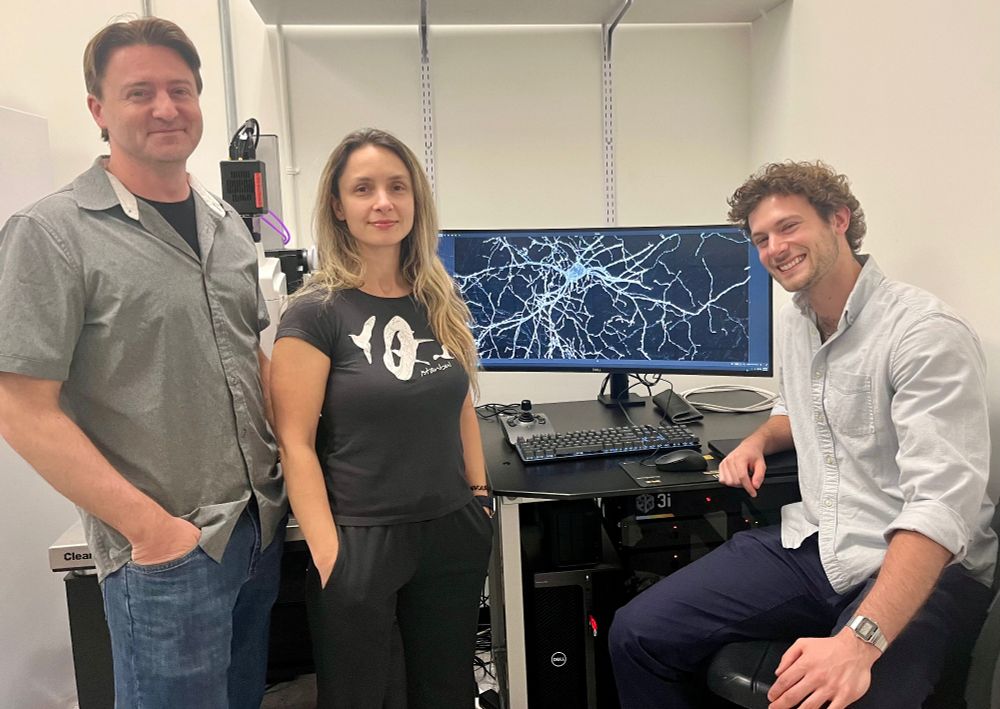
A research team led by Dr. Jonathan Epp and Dr. Derya Sargin at the University of Calgary, funded by Brain Canada and Women’s Brain Health Initiative (WBHI), has identified a promising target for new Alzheimer’s disease treatments. bit.ly/45atSCf
23.05.2025 17:37 — 👍 46 🔁 11 💬 0 📌 0
Thanks Liisa! 😁
30.04.2025 22:48 — 👍 1 🔁 0 💬 0 📌 0
Female brain holds the key to understanding Alzheimer’s disease. Epp-Sargin lab collaboration led by @dterstege.bsky.social featuring @liisagalea.bsky.social is out in Science Advances. We uncover the mechanisms that make females more vulnerable to Alzheimer’s - in mouse models and human brains 🧠
30.04.2025 18:55 — 👍 41 🔁 13 💬 4 📌 0
This wouldn’t have been possible without the contributions of my incredible lab mates and collaborators.
Many thanks to Yi Ren, Kabirat Adigun, the @ucalgarymed.bsky.social ASOC (Heewon Seo & Bo Young Ahn), @liisagalea.bsky.social, @deryasargin.bsky.social, and Jonathan Epp.
15/15
30.04.2025 18:34 — 👍 1 🔁 0 💬 1 📌 0
In summary, we:
Found sex-specific impairments in RSC PV-IN presentation in AD 👫
Characterized consequences locally and brain-wide 🌎
Demonstrated the clinical relevance of this phenotype 🏥
Improved cognitive performance by promoting the activity of RSC PV-INs 🎓
14/15
30.04.2025 18:34 — 👍 1 🔁 0 💬 1 📌 0
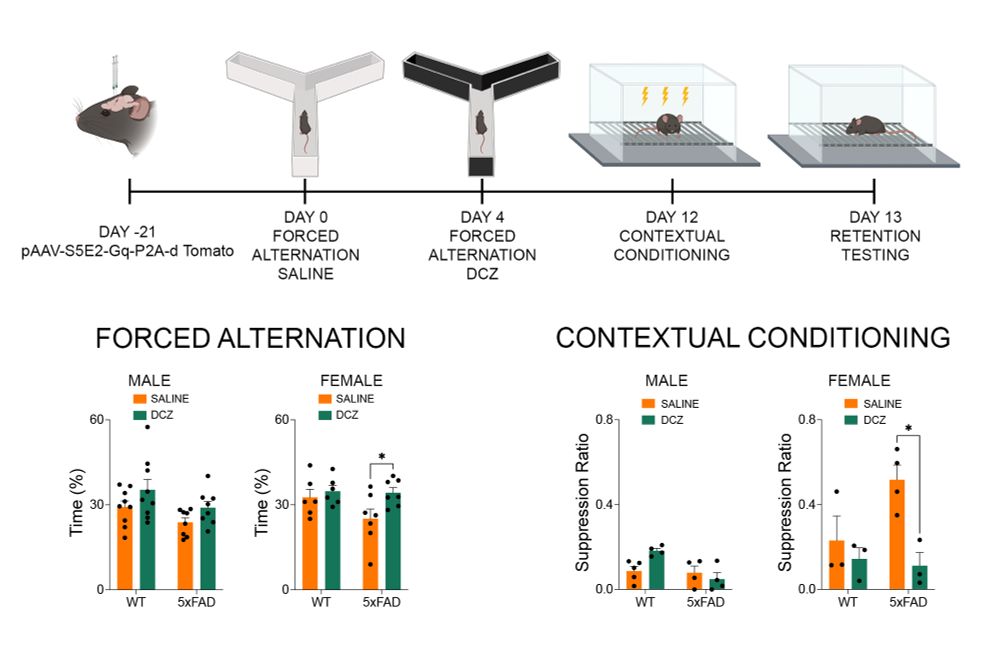
If dampening RSC PV-INs impairs cognition, can we improve memory performance by increasing the activity of these cells? 📈
By chemogenetically promoting the activity of RSC PV-INs, we improved contextual memory performance in aged female
5xFAD mice
13/15
30.04.2025 18:34 — 👍 1 🔁 0 💬 1 📌 0
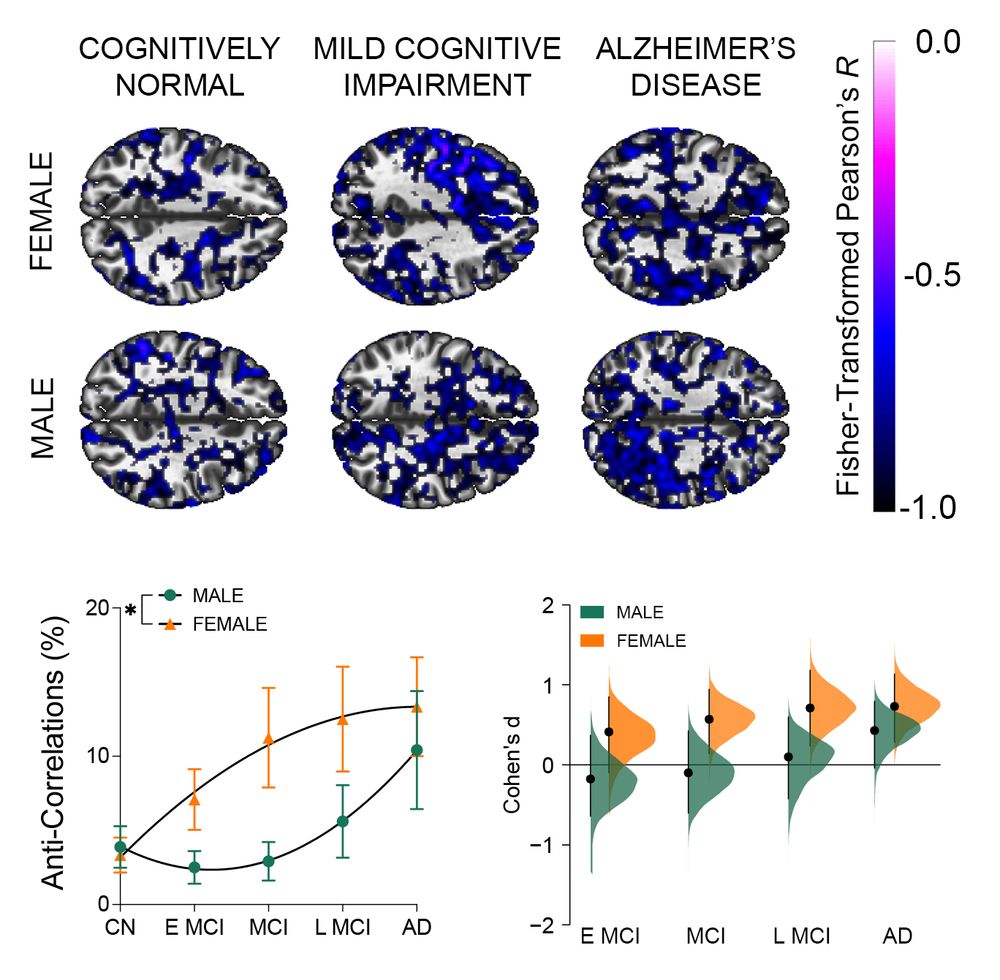
How does this carry over to the clinic?
At rest, RSC activity should be highly correlated with the rest of the default mode network (DMN). Via clinical rs-fMRI scans, we noted increased density of anti-correlated RSC connections with DMN regions in AD.
(👀 the slopes of males vs females…)
12/15
30.04.2025 18:34 — 👍 2 🔁 1 💬 1 📌 0
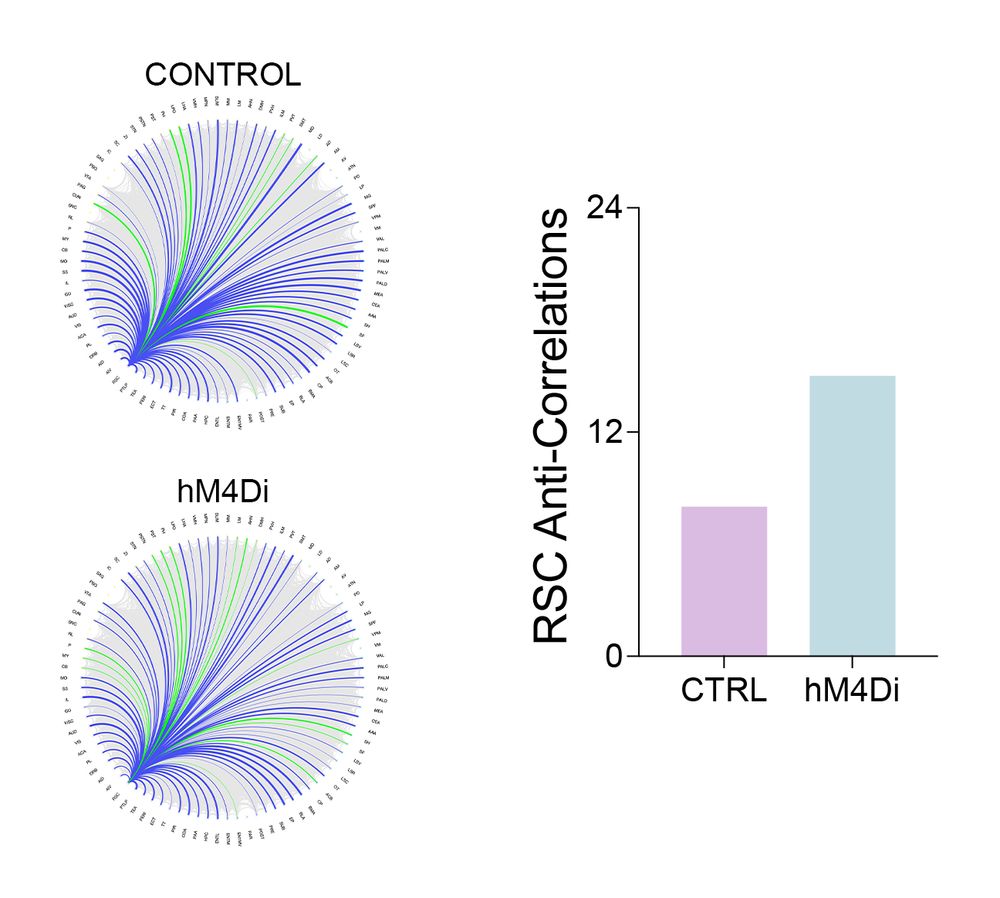
Does dampening the activity of these cells induce similar changes to those seen in AD? 📉
Turns out, yes. With chemogenetic dampening, we impaired memory performance and increased the density of RSC anti-correlations (shown here in 🟢)
11/15
30.04.2025 18:34 — 👍 0 🔁 0 💬 1 📌 0
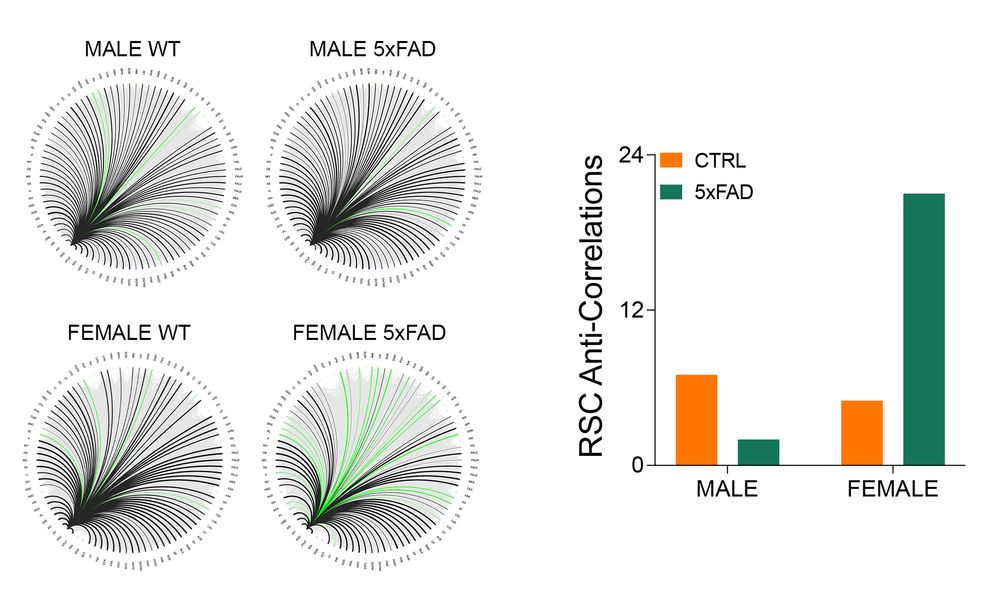
With c-Fos as a proxy of neuronal activity, we can study brain-wide functional connectivity (see: www.mdpi.com/2079-7737/12...).
In female 5xFAD mice, the density of anti-correlated RSC functional connections increases drastically (shown here in 🟢)
10/15
30.04.2025 18:34 — 👍 1 🔁 0 💬 2 📌 0
Let’s focus on memory impairments, such as those observed in 5xFAD mice.
Memory processes depend on networks of brain-wide activity. The RSC is involved in many such networks. PV-IN dysfunction may alter RSC connectivity - but how can we study this in freely-behaving mice? 🤔…
9/15
30.04.2025 18:34 — 👍 1 🔁 0 💬 1 📌 0
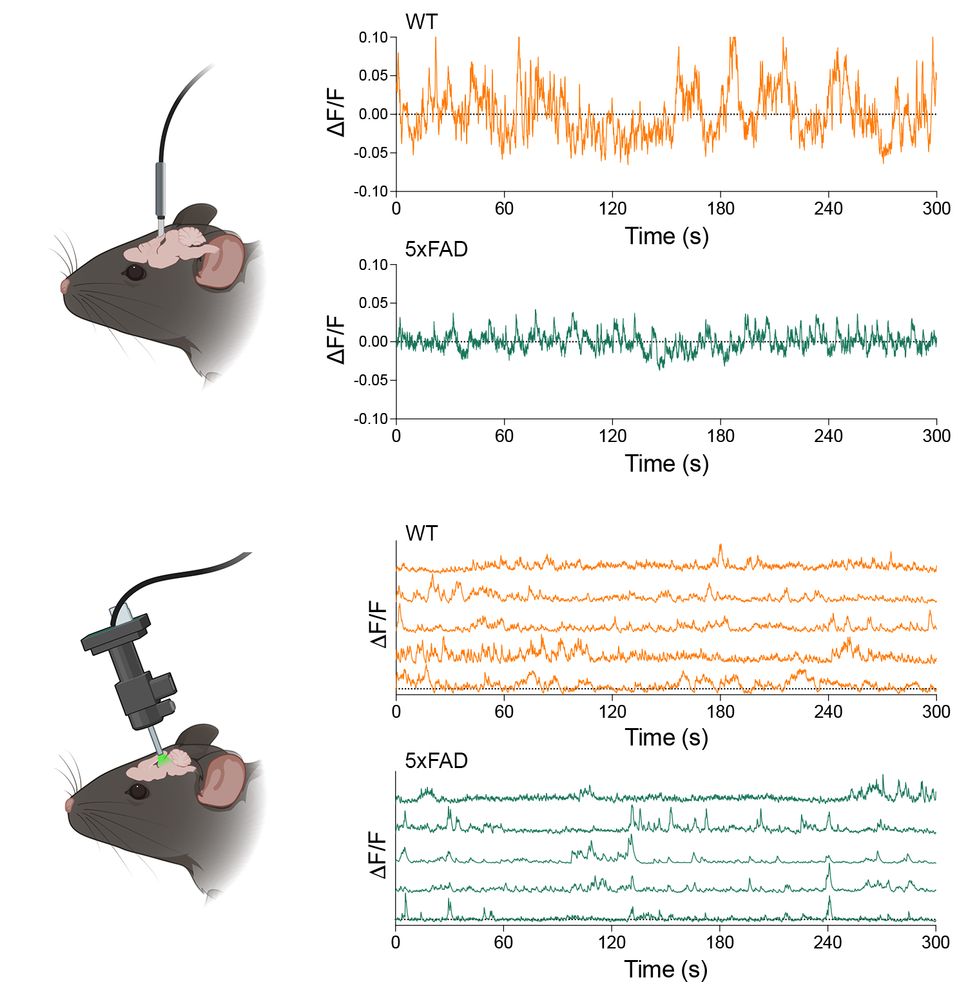
But what about in freely-behaving mice? 🐁
In vivo, my lab mate Yi Ren and I examined RSC PV-IN dynamics at both a population- and single cell-level. During a working memory task, we identified impaired RSC PV-IN activity in 5xFAD mice.
8/15
30.04.2025 18:34 — 👍 1 🔁 0 💬 1 📌 0
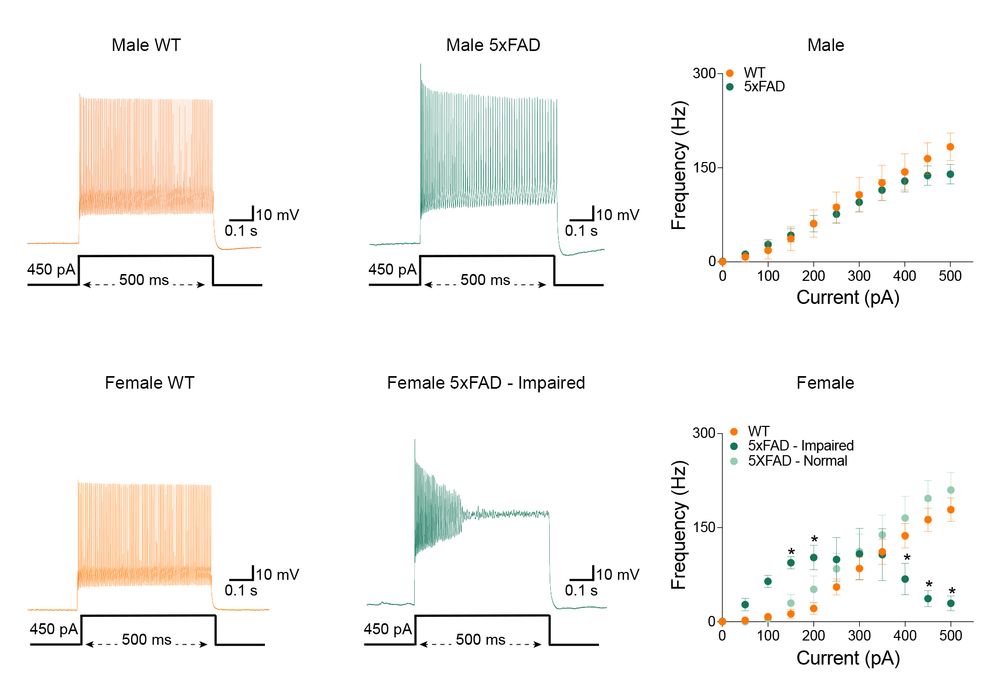
These transcriptional changes prompted electrophysiological characterization of RSC PV-INs ⚡️
These experiments were conducted by @deryasargin.bsky.social, who found impaired inhibitory control in RSC PV-INs of female 5xFAD mice.
7/15
30.04.2025 18:34 — 👍 1 🔁 0 💬 1 📌 0
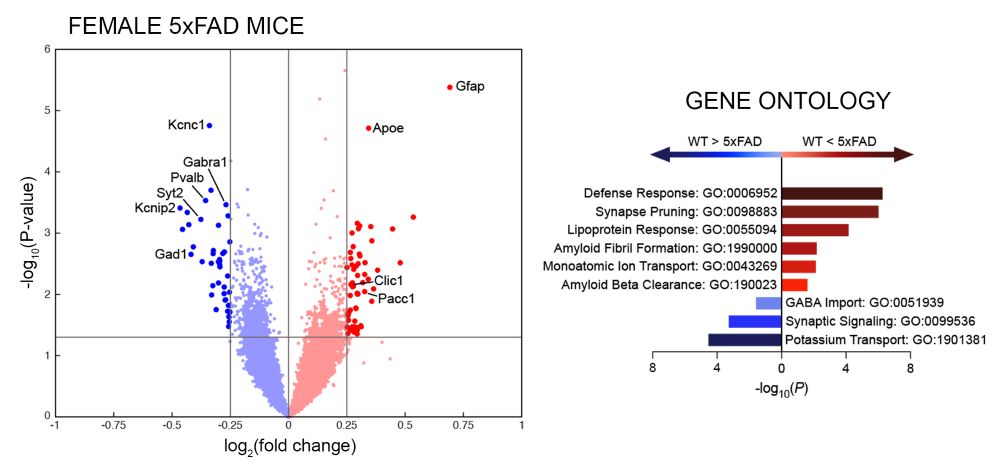
But back to the paper:
Let’s dive deeper via gene-expression within PV-INs (GeoMx DSP) 🧬
Many genes critical to PV-IN function are down-regulated in female 5xFAD mice, particularly relating to GABA signalling and potassium transport
6/15
30.04.2025 18:34 — 👍 1 🔁 0 💬 1 📌 0
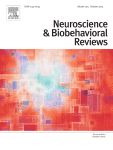
Parvalbumin as a sex-specific target in Alzheimer’s disease research – A mini-review
Alzheimer’s disease (AD) is the most common form of dementia, and both the incidence of this disease and its associated cognitive decline disproportio…
Maybe this female-specific vulnerability of PV-INs to AD shouldn’t have come as a surprise?
From our recent review, these cells are highly sensitive to changes in circulating estrogens and are very vulnerable to metabolic disruption prevalent in AD 👫
www.sciencedirect.com/science/arti...
5/15
30.04.2025 18:34 — 👍 2 🔁 2 💬 1 📌 0
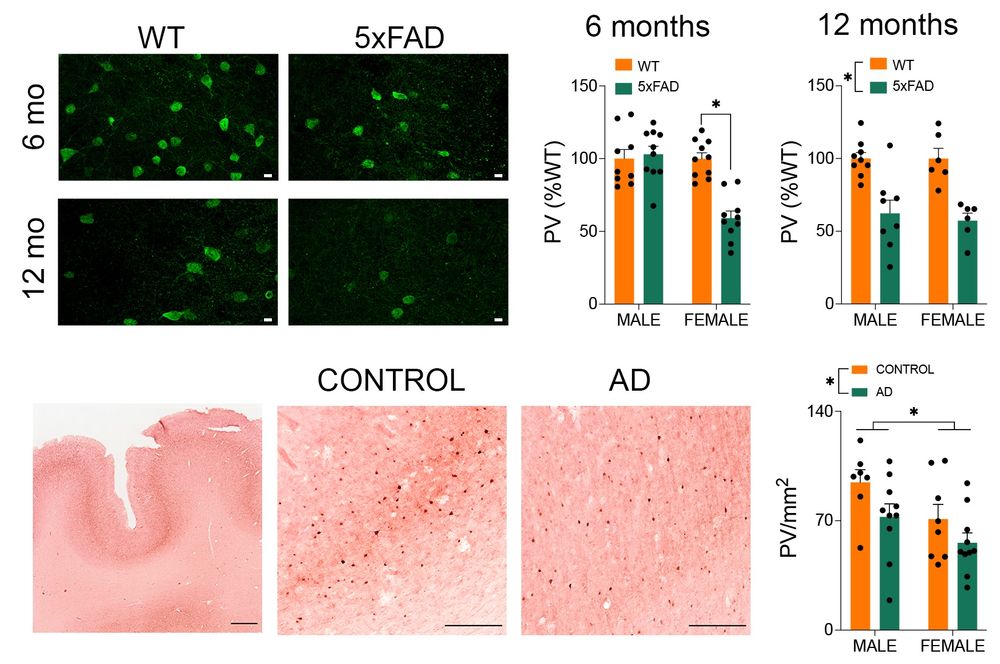
Gene expression does not always align with protein expression, so next we assessed PV-IN immunohistochemistry 🔬
Here, we noted earlier impairments in PV-IN presentation in female 5xFAD and similar patterns of impairment in human tissue samples
4/15
30.04.2025 18:34 — 👍 1 🔁 0 💬 1 📌 0
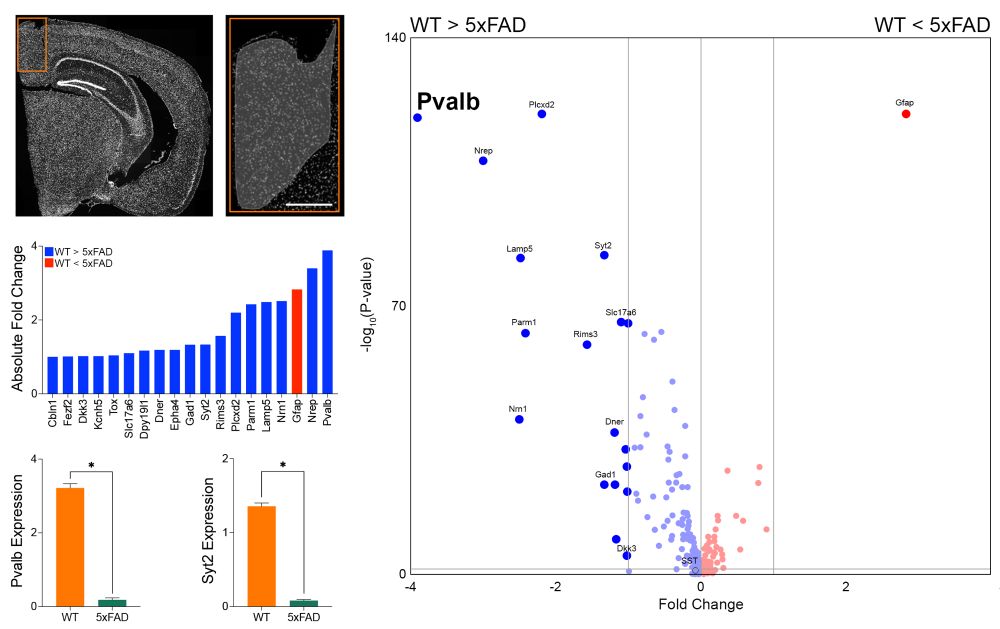
Altered metabolic activity often coincides with impairments to local neuronal and glial populations
With single-cell spatial transcriptomics (Xenium), we noted down-regulation of Pvalb and other PV-IN-related genes in the RSC of 5xFAD mice 🧬
3/15
30.04.2025 18:34 — 👍 1 🔁 0 💬 1 📌 0
Gut microbes & Neurodevelopment 🧠🦠|Neurovascular Interactions | Brain and Gut Barriers | Senior Lecturer at UCC and APC Microbiome Ireland | Member Young Academy Ireland
Madrid -> Frankfurt -> Cork
Aburto-lab.org
Junior Leader | CIBIT-University of Coimbra.
Neuroscientist w/a crush on blood vessels!
#firstgeneration #liveimaging #neurovascular #neurodevelopment #gliovascular #microglia #angiogenesis 🧠
https://www.vcoelhosantoslab.com
Researcher at CNIC, Madrid, Spain. Former Professor of Pharmacology at UCM. Professional interests: stroke, vascular dementia, neurovascular pathophysiology, cardiovascular risk factors and brain health, mentoring
Bsky archive of Official Horizon EU profile for the EU's Research & Innovation Programme.
europa.eu/!Xf47NRP
check out also @creativeeurope.bsky.social and @euerasmusplus.bsky.social
atm powered by @gogash.bsky.social
Scientific association dedicated to ensuring that advances in the understanding of brain function translate into better treatments and enhanced public health.
Neurobiologist, Hormone Enthusiast, Interneuron Aficionado, Music Lover, Outdoor Adventurer
Explorer pour faire société - Transformer les défis contemporains en opportunités de progrès. Université citoyenne et responsable, nous explorons, nous inventons, nous partageons pour bâtir une société plus juste et durable.
https://www.univ-amu.fr
NeuroMarseille regroupe 8 laboratoires de recherche et l'école graduée NeuroSchool, de la licence 3 au doctorat.
https://neuro-marseille.org/
PhD contracts : https://neuro-marseille.org/en/blog/2025-phd-contracts-apply-now/
Neuroscientist. A node in a network. My lab: https://hippo-circuitlab.es
Neuroscientist. Glial Biologist. Astrocyte enthusiast. Neurodevelopmental lab at Emory University studying the role of glia in health and disease.
www.SloanLab.org
Unraveling the molecular basis of stress resilience | Group leader at MPI of Psychiatry | Secretary General Elect of FENS | Editor-in-Chief Neurobiology of Stress
JCBC lab dad guitars boats biking in place insula and stress trying to make good http://christiansonlab.bc.edu
🧠 Assistant Professor @ Temple SOM; part-time potter 🏺
Neuroendocrinology & Behavior Lab| 3 parts neuro🧠 science🔬🧪 + 1 part Debbie’s weird hobbies 🐦💃🤿 | Debbie’s pronouns she/her/hers
Goats. Great science. Gruyere.
Developmental neuroscientist
Neuroscience of learning & memory, viennoiserie & wine enthusiast. www.glasgowlab.ca
Neurobiologist interested in spatial cognition and navigation
Research director at INSERM
Team leader "Neuronal mechanisms of spatial cognition" at INMED in Marseille



